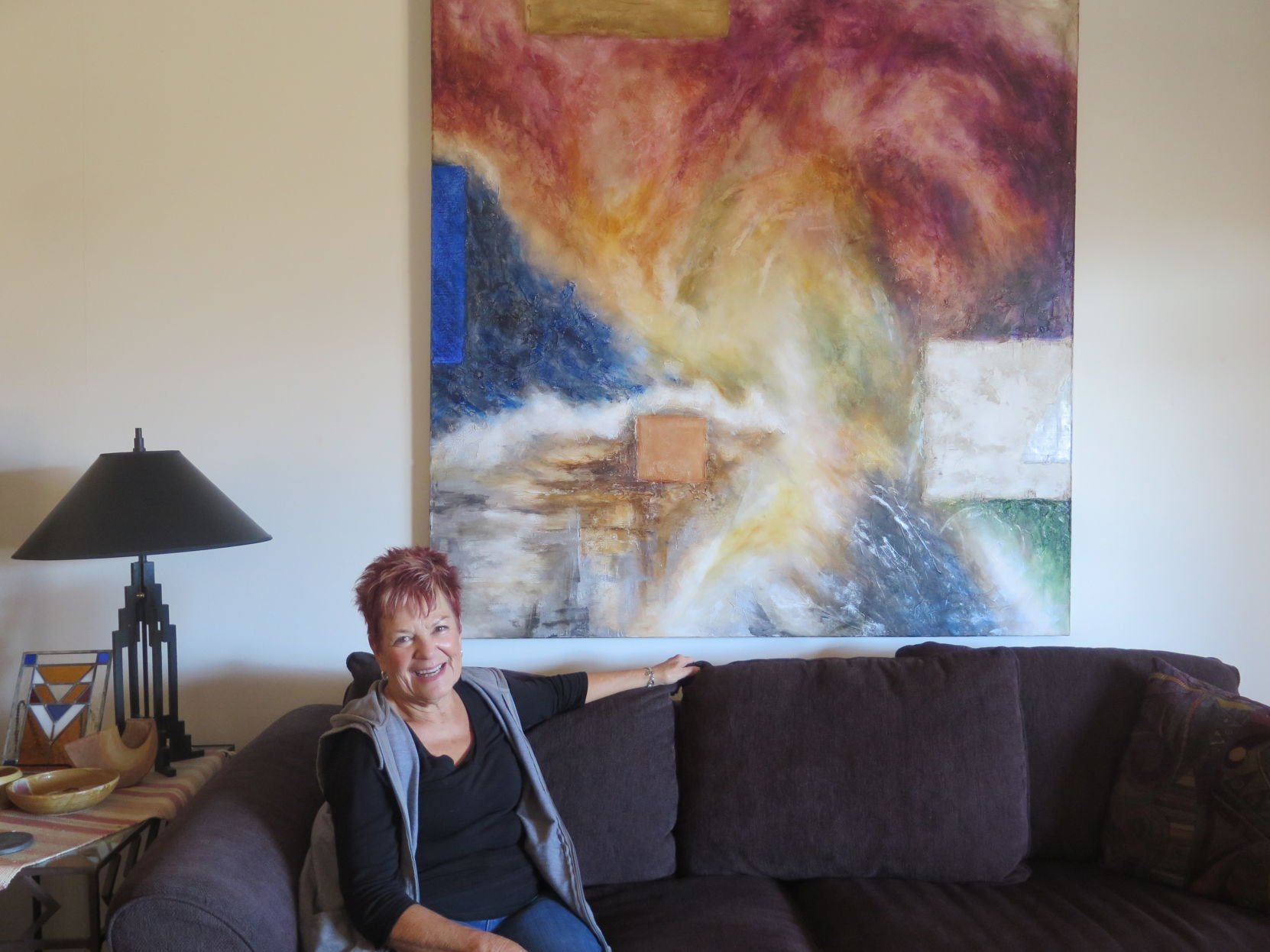

These are some of the most vulnerable older Tasmanians, but there is no safety net to help them age well. They reported that they had nowhere to refer their clients to and were sometimes unable to work with them due to workplace health and safety issues. Staff working in these areas were interviewed to ask what it’s like for them. It also explored the role of statutory agencies such as emergency services, local government environmental health and animal welfare organisations. It looked at aged care and disability support, and other services like housing and mental health. This part of the research explored what Tasmanian services need to help older people who have challenges with hoarding or maintaining a healthy home.
TREASURED ARTS FULL
Full Report Summary Report Presentation Slides
TREASURED ARTS HOW TO
It examines how to help families and carers and what’s being done interstate and internationally. The report focuses on what we know about people who live with this issue and the experiences of their families and carers. In the first part of Treasured Lives, we talked to the families and carers of older Tasmanians who have challenges with hoarding or maintaining a healthy home.

Together they provide Tasmania’s first in-depth insights into hoarding and CMHH. The second phase has looked at how services currently try to provide support and deal with problems. The first phase of the project looked at the experiences and needs of families and carers. Treasured Lives has looked at what Tasmania needs to deliver effective support for these households. If resources were spent on effective specialist supports, we estimate the cost would fall to under $800,000 per year, with additional supports through Primary Health Tasmania.

This means the Tasmanian government could be spending over $200m on older Tasmanians living with hoarding or CMHH. If that household is given effective specialist supports, the cost falls significantly. It is estimated that one household with hoarding could cost the government over $56,000 in emergency care and legal matters. This means about 5,000 older Tasmanians might have hoarding behaviour. It is estimated that 2.5% of the adult population live with hoarding. ‘Older Tasmanians’ in Treasured Lives are people aged over 50, or 45 if they are Aboriginal or Torres Strait Islander. This can lead to health challenges for those who live there. It could be because there is an accumulation of rubbish, decomposing food, grime, dust or mould. It can also lead to people being socially isolated.Ĭhallenges maintaining a healthy home describes an unsanitary environment that has arisen from extreme or prolonged neglect and poses health and safety risks to the people and/or animals living there, as well as others within the community. People with such challenges hold significant attachment to items, which makes discarding difficult. It may lead to living spaces being unsafe and difficult to use for their intended purposes, such as sleeping, cooking and bathing. Hoarding is a recognised psychiatric disorder involving challenges with acquiring, sorting and/or discarding items or animals.

This research project looked into the experiences and needs of Tasmanian families, carers, and service providers who support older people living with hoarding or challenges maintaining a healthy home. We want Tasmanians who live with hoarding or have challenges maintaining a healthy home to have access to effective support so they can age well at home.


 0 kommentar(er)
0 kommentar(er)
